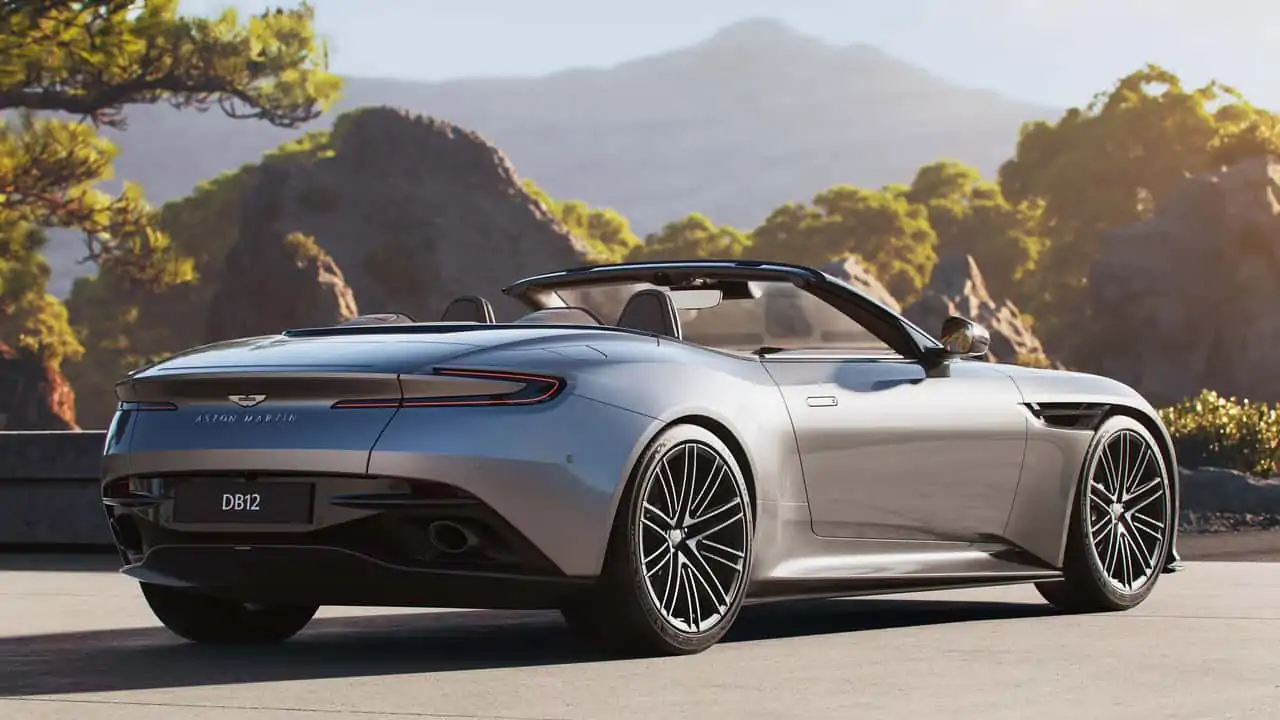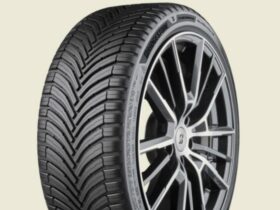What is a two-stroke engine and how does it work? Let’s find out all the details, curiosities and applications in this dedicated article in our engines section
When we talk about internal combustion engines, we often focus on the more common four-stroke engines, but there is another type of engine that deserves attention: the two-stroke engine and in this article we are going to understand how it works. This type of engine has a fascinating history and unique operation that make it a preferred choice in some applications. We will explore how the two-stroke engine works, its distinctive features, challenges and applications.

Work Cycle | Two-stroke engine: how it works
Il two-stroke engine it differs from the more common four-stroke engine for the work cycle it produces and therefore for how does it work in everyday activity. While the four-stroke engine requires two revolutions of the crankshaft to complete one work cycle, the two-stroke engine manages to complete a complete cycle in just two strokes of the crankshaft.
This work cycle can be divided into four stages main:
- Suction and Compression: During the first stroke, the piston moves downward, opening the intake port and allowing the fuel-air mixture to enter the cylinder. Meanwhile, the mixture present inside the cylinder is compressed.
- Ignition and Combustion: With the upward movement of the piston, the compressed mixture is ignited by a spark plug or an electric spark. This causes an explosion which pushes the piston down with great force.
- Expansion and Unloading: During the second stroke, the piston moves down again, this time expelling the exhaust gases through the exhaust port. Meanwhile, the cylinder is preparing for the next intake cycle.

Applications and Challenges | Two-stroke engine: how it works
Two-stroke engines are commonly used in applications where the immediate power takes priority over efficiency and emissions. For example, they are often used in racing motorcycles, mopeds, garden tools and some boats.
However, these engines also have some challenges to deal with:
- Lubrication: Unlike four-stroke engines which obtain lubrication from oil in the crankcase, two-stroke engines require a constant supply of oil in the fuel or through a separate lubrication system.
- Polluting emissions: Due to the expulsion of part of the unburned fuel with the exhaust gases, two-stroke engines can have higher emissions of polluting gases than four-stroke engines.
- Efficiency: Due to the higher cycle frequency, two-stroke engines may not be as fuel efficient as four-stroke engines.
- Couple Shortage: Two-stroke engines may suffer from a lack of torque at low speeds due to more frequent cycling.

An Evolving Future | Two-stroke engine: how it works
In recent years, growing environmental concerns and stricter regulations on the emission of polluting gases have led to a decrease in the use of two-stroke engines and having discovered and analyzed in detail how it works, the reason for the aforementioned decrease is clear. However, technological developments are trying to address some of the challenges associated with these engines, trying to improve their efficiency and reduce its environmental impact.
Bottom line, the two-stroke engine has an intrinsic appeal due to its fast duty cycle and the instantaneous horsepower it can deliver. However, the challenges related to efficiency and the emission of polluting gases are driving the development of innovative solutions for make these engines more sustainable. Despite the challenges, the two-stroke engine remains a mainstay in applications where immediate power is critical, offering a fascinating example of mechanical engineering in action.
For more curiosities and news from the world of engines and more, keep tuning in to techgameworld.com.















Leave a Reply
View Comments